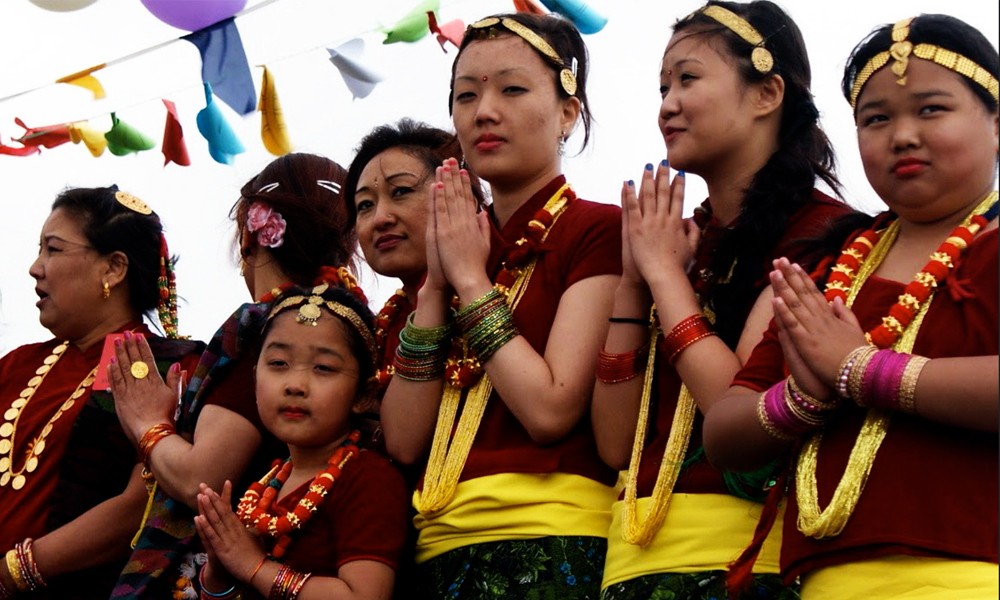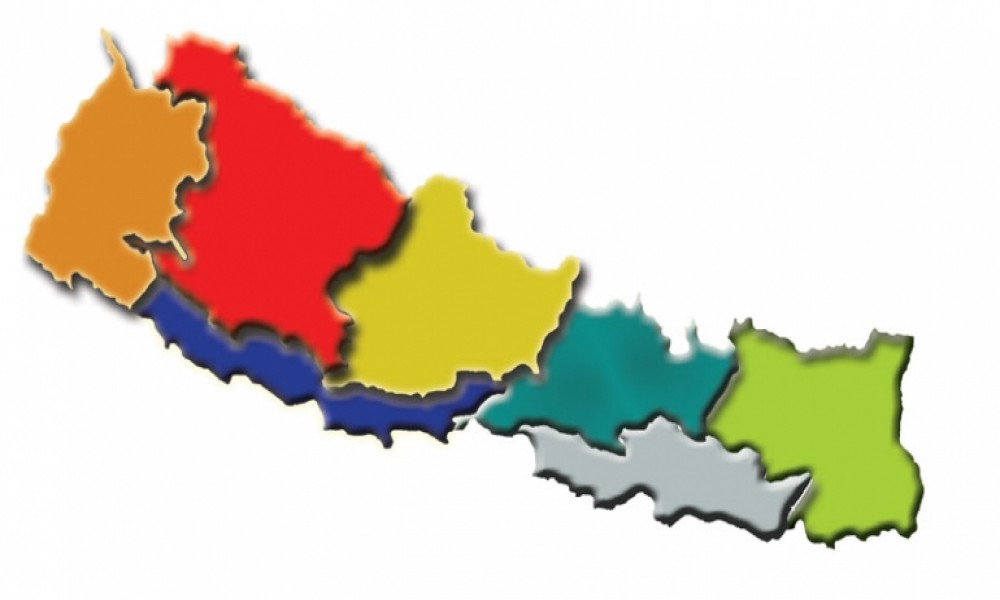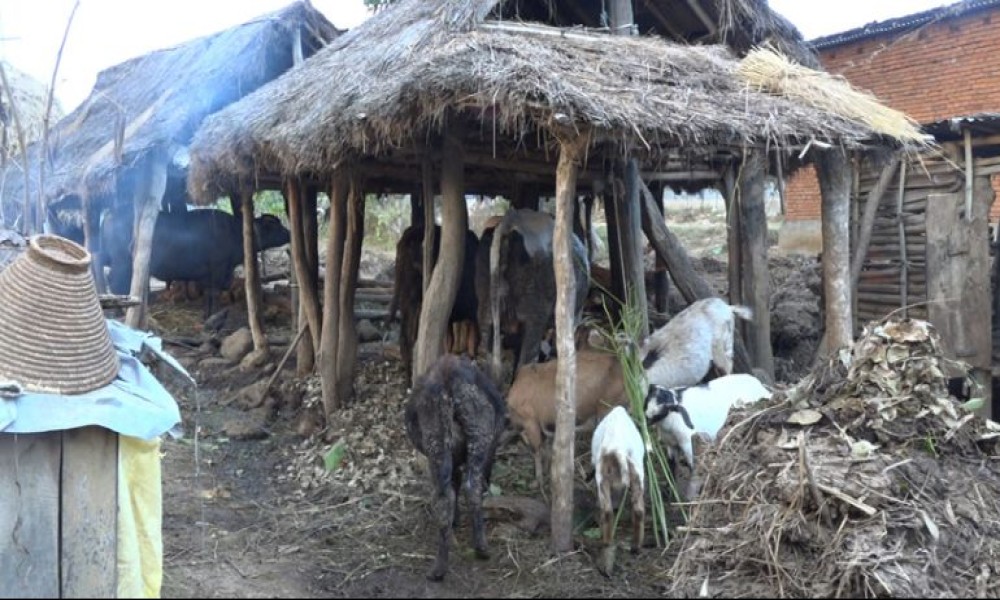Secularism is a fundamental part of what it means to be living in a democratic republican polity committed to pluralism
By Pratyoush Onta
I know that Hindus are not just a numerical majority in Nepal. Their religion, Hinduism, has been state-supported for ages. State-backed Hinduism was most importantly manifested during the 19th century in the codification and practice of caste-based differentiation through the provision of national laws known as Muluki Ain. The original Muluki Ain of 1854 propagated by the first Rana premier Jang Bahadur provided a Hindu ideological base for the state. It legalised a five-tier national caste hierarchy in which the people of Nepal were divided into categories according to ascribed ritual purity. One implication of this scheme was that the state guaranteed inequality based on one’s caste.
The Hindu past
Neither the Muluki Ain nor any of the constitutions before 1962 formally declared Nepal to be a Hindu kingdom. However, the Hinduness of the kingdom was manifested by the fact that the monarch was a Hindu and the nationally influential bureaucracy was dominated by Nepali-speaking high caste Hindus. Consequently, the cultural ethos of the nation was projected in terms of the religious and cultural motifs of the dominant Hindu hill groups. This was the case, for instance, with respect to the general orientation of the laws governing many aspects of societal interaction in our country.
Neither the Muluki Ain nor any of the constitutions before 1962 formally declared Nepal to be a Hindu kingdom. However, the Hinduness of the kingdom was manifested by the fact that the monarch was a Hindu and the nationally influential bureaucracy was dominated by Nepali-speaking high caste Hindus.
It was only in the 1962 Panchayat Constitution that Nepal was first declared ‘Hindu’. However, the logic of caste hierarchy was abandoned by its guarantee of equality to all citizens. The Muluki Ain itself was thoroughly revised in 1963, assuring equality before the law irrespective of one’s caste. Nevertheless, the state’s Hinduism was continued. After the end of the Panchayat system, the 1990 Constitution Recommendation Commission received many suggestions saying Nepal should be declared a secular state. These came, in part, from the communists who believed in secularism and also from Buddhists and practitioners of other religions who thought that their respective religious beliefs and practices were better protected if the state was declared secular. Janajati activists, liberal intellectuals and politicians who had been influential in the regime change of 1990 were also in favour of declaring Nepal as a secular state.
But supporters of the Hindu Kingdom played with the dominant Hindu community’s fear that in a secular state, religious conversion would be widespread. The 1990 Constitution ended up declaring the kingdom as Hindu. Critics of this provision argued that this declaration negated the right guaranteed by Article 11.3 which said that the state shall not discriminate between citizens on the basis of religion. The Janajatis claimed that in a constitutionally declared Hindu Kingdom, all the other religions would face discrimination.
A few weeks after the successful People’s Movement of April 2006, the restored House of Representatives declared Nepal to be a secular state. The Maoists, other leftists and Janajatis in Nepal had realised one of their long cherished goals. Nepal’s secular state status was reiterated when the Interim Constitution was promulgated in January 2007.
Along with many others, I thought this was a done deal but apparently not. Some want to declare Nepal to be a Hindu state in the forthcoming constitution.
The state is declared secular to mean that all religions will be treated equally by the state. The implication of this is that if state-resources are to be provided to support religious programmes, they will have to be distributed equitably to all religions.
The secular future
In one model of secularism, often described as the French model, there is a clear separation of the state and religion and no state-resources should go to support any activity that could be construed as religious. In our case, there is simply an abundance of historical baggage for this model to become viable anytime soon.
Under the second model, the state is declared secular to mean that all religions will be treated equally by the state. The implication of this is that if state-resources are to be provided to support religious programmes, they will have to be distributed equitably to all religions. Given the practice since 2006, it seems like this is the kind of secularism we want. And if the word ‘dharmanirapeksa’ (secular) gives ‘pinas’ to some of our Hindu folks or increases their blood pressure, we should simply say that ‘the state of Nepal has no religion’.
But how should we go about thinking what an equitable distribution means in terms of the allocation of state-resources to support religious activities? That should not be difficult since we have already adopted the logic of proportional representation (PR). State resources to support religious activities could be allocated according to the size of the religious communities as enumerated in the periodic censuses. And the office of the ‘mahalekha parikshyak’ (Office of the Auditor General) can be trusted to do the accounts to see if the state distributions have been equitable according to the PR logic. Since the Hindu group in Nepal is far greater in size than the other religious groups, if this logic were followed, a larger share of state-resources to support religious activities would still go to Hindus. Members of smaller religious groups might be offended but that comes with the territory when you adopt the PR logic.
The clause in the draft constitution that says, in essence, Nepal will be a secular state should be replaced by something like ‘there will be religious freedom’ in the country.
Not the same
One more thing. Some folks have said that the clause in the draft constitution that says, in essence, Nepal will be a secular state should be replaced by something like ‘there will be religious freedom’ in the country. Now that is silly because those two things are not the same. One is about the state not having any religion. The other is about my right to believe in some religion or not believe in any religion. The latter is already protected by the fundamental right to my freedom of thought and expression when it is not unnecessarily curtailed by some lunatic set of rulers. But if it makes some of my fellow citizens happy, go ahead and list the latter as a separate fundamental right as has been done in Article 31(1) of the draft constitution currently in circulation.
Yes, I want to live in a Nepali state that has no religion. I consider that to be a fundamental part of what it means to be living in a democratic republican polity committed to pluralism in all its manifestations. I call that a secular state but if ‘dharmanirapeksa’ gives you a visceral allergy, go ahead and write ‘the state of Nepal has no religion’ in the new constitution. I can live with that. I suspect the same for most Nepalis.
Onta was born in a Hindu family in Kathmandu and attended the Jesuit-run St. Xavier’s School in Lalitpur. He graduated from Brandeis University, a Jewish-supported nonsectarian institution. While doing his PhD at the University of Pennsylvania, he decided that academic research was going to be his religion
Curtesy: The Kathmandu Post, August, 14, 2015








